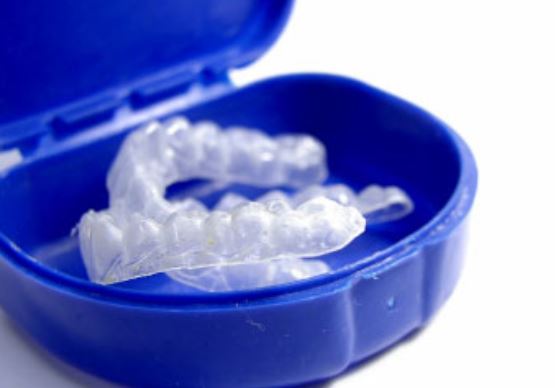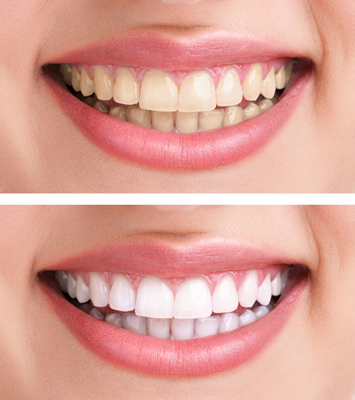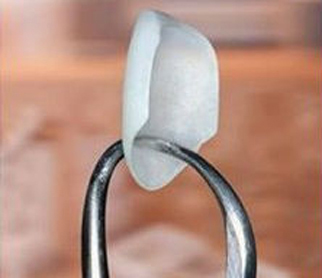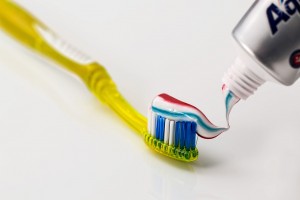I love my smile and my teeth are as white as I want them except one that’s turning brown. In elementary school, I collided with a student, and his head hit my mouth. Although I’ve had a hairline fracture in the tooth and it sits back farther than the one on either side, now the tooth is getting dark. It doesn’t hurt, and it’s not sensitive. Is there a safe way to whiten it without it turning dark? Is it possible to get whitening for one tooth or will bonding work? If whitening will work, I’ll try it myself. Thanks. Chanele from Fort Wayne, IN
Chanele,
If your tooth is not painful or infected, you won’t need root canal treatment. A tooth that has light trauma can develop thicker dentin (layer beneath the enamel) and darken.
Is Teeth Whitening an Option for a Single Tooth?

Manipulating the color of a single tooth is a challenge for about 98% of dentists. But don’t ask a dentist to color match a single tooth with a bleaching agent. Sometimes bleaching gel makes discoloration in teeth even more noticeable. And it can be tricky to determine how long to leave the gel on a tooth to achieve the right color—especially after a few days when the color stabilizes. Don’t try to whiten your tooth at home.
Lighten a Single Tooth with Dental Bonding or a Veneer
An artistic cosmetic dentist will use dental bonding to achieve a perfect color match. A single, lab-made porcelain veneer will produce natural-looking results, but it’s more invasive than dental bonding.
An advanced cosmetic dentist will blend dental bonding to match the shade, translucency, and gloss of your natural teeth. The same can be achieved with a porcelain veneer and ceramic who will manipulate the color to match your surrounding teeth.
Consult with a cosmetic dentist to discuss your options and the cost of dental bonding vs. a single porcelain veneer.
This post is sponsored by female dentist Miranda Lacy, DDS of Plano, TX.



